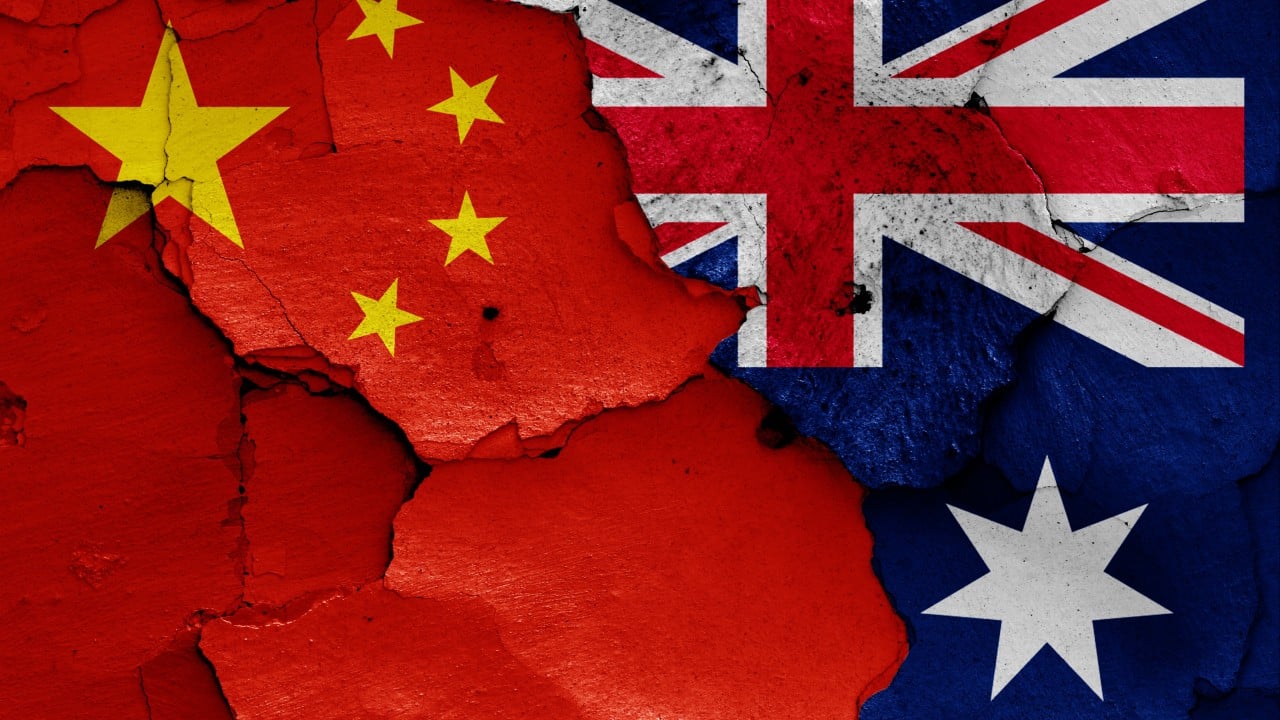Australia would continue to push ahead with its trade diversification despite warming ties between Beijing and Canberra, analysts said, with other options in the region gearing up to become competitive, even though no single market could replace China.
Advertisement
China has been Australia’s largest trading partner since 2009, but the relationship turned sour in 2020, resulting in various trade bans and curbs.
Ties have improved since last year, highlighted by a two-day trip to Beijing by Australian Treasurer Jim Chalmers at the end of September, which was the first by an Australian treasurer to the Chinese capital in seven years.
During a meeting with China’s top economic-planning agency, Chalmers discussed attracting foreign investments, challenges and opportunities for cooperation and further communications on economic policies, with both countries “complementary” to each other, according to the National Development and Reform Commission.
But the previously sour relationship, including disruptions to supply chains and the loss of the Chinese market for Australian dairy products, beef, cotton, wine, lobsters and coal, had already led the Australian government to urge its exporters to diversify.
Advertisement
“Unless you are in typically China-strong industries such as resources, agricultural and select consumer discretionary sectors, it is difficult to gauge what’s happening in this vast country [of China],” said Peter Park, an alumni with the Australia-China Youth Dialogue, which fosters bilateral communications.

